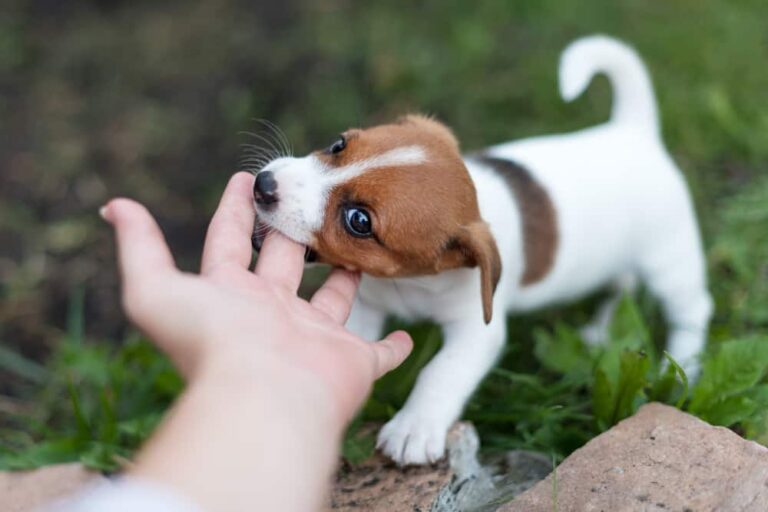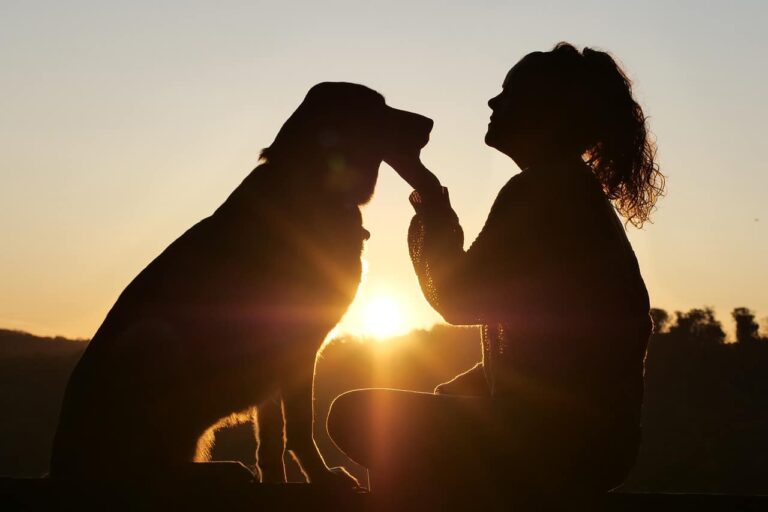How to Deal with a Dog Jealous of Other Dogs: Expert Tips
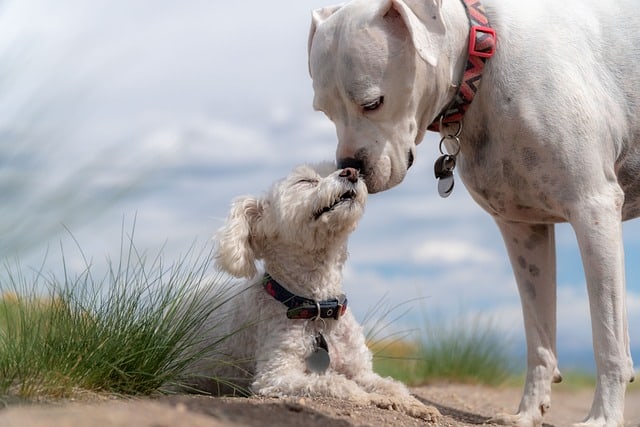
If you have multiple dogs in your household, you may have experienced the dog jealous of other dog. Like humans, dogs can feel jealous when they perceive their owners giving attention or affection to another dog. This jealousy can lead to various behaviors, from sulking and pouting to even aggression. But, with the right approach and expert help, you can effectively deal with this issue and help your dog become more comfortable around other dogs.
Contents
- Understanding Jealousy of Other Dog
- Causes of Jealous Behavior in Dogs
- Identifying Signs of Dog Jealous of Other Dog
- Aggressive Behavior
- Pushy Behavior
- Going to the Bathroom Inside
- Growling
- Doing Tricks Without Commands
- Resource Guarding
- Destructive Behavior
- The Dog Pushes In
- Inappropriate Toileting
- Leaving the Room
- How Does Jealousy Affect Your Dog’s Behaviour?
- Can dogs jealous of New Babies, Partners, or Puppies?
- Best Way to Help Your Jealous Dog
- The Role of Regular Training and Removal of Rewards
- When You Need Professional Help?
- Conclusion
Understanding Jealousy of Other Dog

Dogs are incredibly loyal and possessive regarding their owners’ love and attention. They form close bonds with their human companions and often see themselves as the sole recipient of their affection. When another dog enters the picture, it can trigger insecurity and jealousy.
To effectively deal with a jealous dog, it is crucial to understand the root cause of their emotions. Jealousy in dogs can stem from various factors.
Such as an innate need for dominance, fear of losing their social status, or past traumatic experiences. By identifying and addressing these underlying causes.
You can work towards creating a more harmonious environment for all your dogs. Psychologists studied dog behavior and unequivocally discovered that dogs experience jealousy.
This study sheds light on dogs’ emotions and provides insights into human behavior and how it affects dogs. Dogs can get jealous when the person they care about spends time with someone else. Or doesn’t give them the attention they are used to getting.
Causes of Jealous Behavior in Dogs
Dog jealous of other dog can manifest for a variety of reasons, typically stemming from their instincts and emotions. Below are several common factors that can contribute to jealous behavior in dogs:
- Territorial Instincts
- Attention-Seeking
- Resource Guarding
- Competition for Affection
- Change in Routine
- Insecurity
- Lack of Socialization
- Past Experiences
- Owner’s Attention
- Breed Traits:
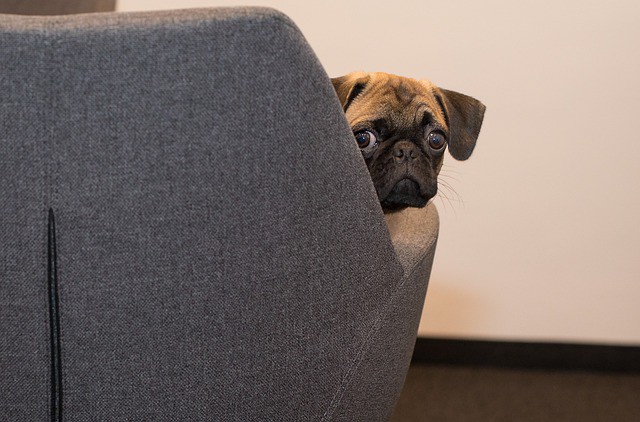
Identifying Signs of Dog Jealous of Other Dog
Identifying signs of jealousy in your dog is crucial for addressing and managing this complex emotion.
Aggressive Behavior
Aggressive behavior in dogs can manifest jealousy towards other animals or even humans. Signs of aggression due to jealousy include growling, snarling, and biting.
Positive reinforcement training can redirect a dog’s aggression into more positive behaviors.
Pushy Behavior
To seek attention, dogs may exhibit pushy behavior, such as jumping, nudging, or pushing. This behavior can be influenced by feelings of jealousy, where dogs attempt to assert their dominance or gain attention.
Going to the Bathroom Inside
Sometimes, dogs may exhibit the behavior of going to the bathroom inside the house as a manifestation of jealousy. This can be attributed to the stress and anxiety caused by jealousy towards another dog or object. It’s important to note that these accidents can disrupt a dog’s normal house-training routine. Consistent and frequent outdoor trips, as Dr. Geoffrey Broderick. a Huntington, New York veterinarian recommended.
Growling
Growling is a vocalization commonly used by dogs to express their discomfort or displeasure. Regarding jealousy, growling can be triggered as a warning sign when a dog feels its resources are threatened.
Doing Tricks Without Commands
Dogs often perform tricks without commands to seek attention and affection from their owners. Jealousy can drive this behavior as dogs try to regain their owner’s focus and admiration. One effective way to address this jealousy-driven behavior is by training dogs to perform tricks on command.
Resource Guarding
Resource guarding is a behavior where dogs become possessive and protective over certain items or areas. Jealousy can influence this behavior, as dogs try to protect their valued possessions.
Positive reinforcement techniques. Such as trading for high-value treats can address this behavior. Creating a safe and structured environment and avoiding confrontations also help prevent resource guarding related to jealousy.
Destructive Behavior
Jealousy-driven destructive behavior in dogs can manifest in various ways. Such as chewing furniture, scratching walls, or digging. Dogs may engage in these destructive behaviors to create separation anxiety and express frustration. Provide them with physical and mental stimulation. Creating a safe space and limiting access to triggering objects can also help. Regular exercise and mental enrichment are important for reducing boredom and destructive behaviors.
The Dog Pushes In
When a dog pushes in, it is often a sign of jealousy and the need for attention. Dogs may use this behavior to assert dominance or steal the spotlight from another dog or even their owner. It can be frustrating and disruptive, but there are ways to address this behavior.
One approach is establishing clear boundaries and reinforcing proper behavior through consistent training. Teaching your dog basic commands like “sit” and “stay” can help them understand that they must wait their turn for attention. Additionally, providing equal amounts of attention and affection to all dogs in the household can help minimize feelings of jealousy.
Inappropriate Toileting
To prevent inappropriate toileting in dogs, it is essential to ensure regular access to outdoor bathroom breaks. Establishing a consistent toilet routine for your dog will help them understand when and where to go.
Leaving the Room
To help your dog overcome jealousy when you leave the room in their new situation, gradually desensitize them to your absence. Start by practicing short departures and gradually increasing your time away. Engaging toys or treats can help distract your dog and keep them occupied while you’re gone. When you return, make sure to reward calm behavior with positive reinforcement.
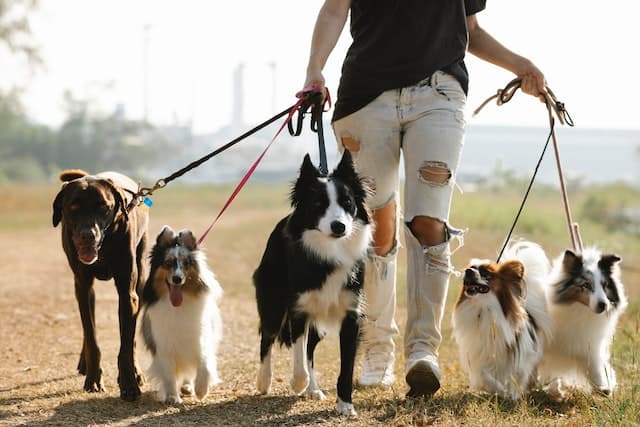
How Does Jealousy Affect Your Dog’s Behaviour?
Jealousy in dogs can significantly impact their mental and physical health. When dogs experience jealousy, it often increases stress levels, negatively affecting their overall well-being. Dogs may exhibit behavioral issues or develop anxiety as a result of their jealousy. Chronic jealousy can even affect their appetite and sleep patterns.
Dog owners must prioritize their emotional needs and provide them with a sense of security. Understanding their body language and being the pack leader can help alleviate their jealousy.
In some cases, jealousy may also be a sign of a health issue, so consulting a vet is always a good idea. By addressing your dog’s jealousy and providing them with the necessary care, you can ensure their mental and physical health is maintained.
Can dogs jealous of New Babies, Partners, or Puppies?
Yes, dogs can get jealous of new babies, partners, or a new pup. Just like humans, dogs have physical and emotional needs. They get jealous if they feel they are not getting enough attention because of a new family member or pup. This can also be made worse if your puppy is untrained! So, if your adorable doggy appears to be put out whenever your new partner, baby, or pup is around, chances are it’s not in your head! When a new addition, like a pup comes into the household, it may disrupt the dog’s routine and the attention they receives from their owners. This change can trigger feelings of jealousy and insecurity.
It is important to help your dog adjust to these changes by gradually introducing them to the new family member or pet. Allow supervised interactions and provide positive reinforcement when the dog displays calm behavior. It is also crucial to continue giving your dog.
Best Way to Help Your Jealous Dog

The best way to help your jealous dog is by providing them love, attention, and reassurance. Give equal affection and spend quality time with your pets or family members. Establishing a routine and sticking to it can also help alleviate jealousy.
Creating separate spaces for each pet and ensuring their safe space, toys, beds, and food bowls can promote security and ownership. Additionally, obedience training can be beneficial in establishing yourself as the pack leader and helping your dog feel more secure. Remember, patience and understanding are key when dealing with a jealous dog.
The Role of Regular Training and Removal of Rewards
Regular training sessions play a crucial role in addressing jealousy in dogs. By focusing on reinforcing desirable behaviors and redirecting unwanted behaviors. You can help your dog overcome feelings of possessiveness and envy.
Removing rewards for possessive or jealous behavior is important, as this behavior should not be reinforced. Instead, teach your dog alternative behaviors that replace jealousy-driven actions. Such as responding to commands or engaging in interactive play.
Consistency and patience are key when training a jealous dog, as learning and adapting to new behaviors takes time. Remember, the goal is to create a sense of security and establish yourself as the pack leader through training and positive reinforcement.
When You Need Professional Help?
There may be instances where the jealousy and possessiveness displayed by your dog need professional help. Suppose your dog’s possessive dog behavior becomes aggressive. Or poses a risk to themselves, other pets, or family members.
In that case, it is important to seek the guidance of a certified animal behaviorist or a professional dog trainer.
These professionals can assess your dog’s needs and develop a customized training plan. They will provide techniques and strategies tailored to your dog’s temperament and situation.
Remember, seeking professional help is not a sign of failure or weakness. It is an acknowledgment that you are committed to your dog’s well-being and want to provide them with the best possible care.
Conclusion
Understanding and addressing a dog jealous of another dog is crucial for a harmonious pet household. Introducing new people, dogs, or puppies can trigger feelings of jealousy in an older dog.
To mitigate this, introduce the new pet in a controlled environment, ensuring your older dog doesn’t feel displaced.
Maintain your role as the primary caregiver and uphold their daily routine to provide a sense of security. Divide one-on-one playtime and affection to reaffirm their status as the favorite person. Use leashes and crates for supervision when needed. But also allow opportunities for positive interactions.
Dogs are social animals and have patience and proper management. They can learn to coexist and even develop bonds with their new furry companions in their new home.


